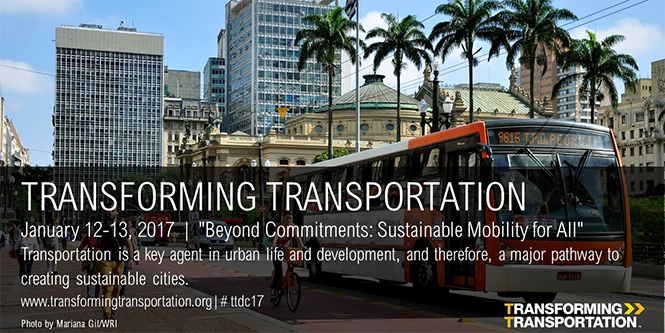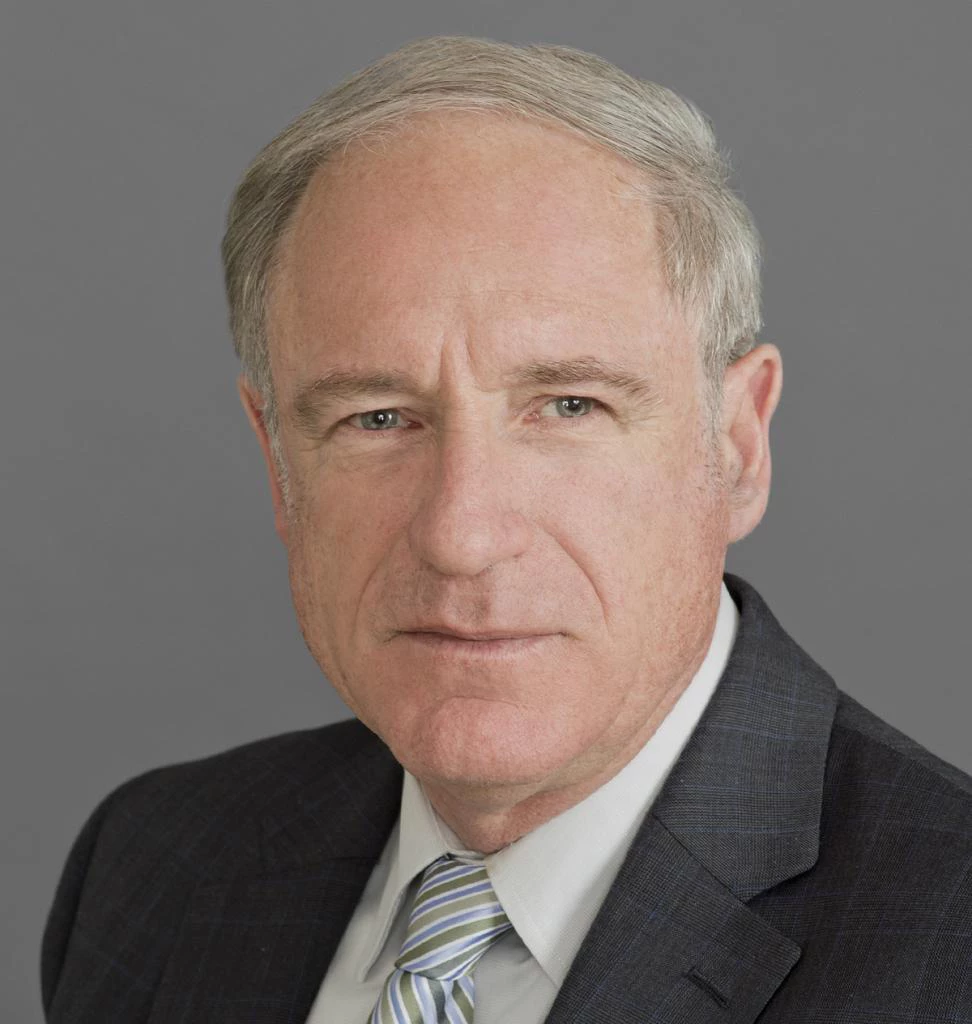
To learn more about the future of sustainable mobility, don't miss Transforming Transportation 2017 on January 12-13. Click here to watch the event live and submit your questions to our experts.
From taxi apps to car sharing, from buses to the metro, from bike sharing to walking, not to mention personal cars, there are more transportation choices than ever before for that staple of modern life: the daily commute. The same goes for the transport of goods, which can get from A to B by road, air, rail, waterways and soon drones. There are currently more than 12,600 km (nearly 8000 miles) of metro or urban rail and 5,400 km (3,300 miles) of bus rapid transit (BRT), collectively providing 154 million trips a day in 250 cities. Increased access to transport and enhanced connectivity decreases travel time and generates higher rates of direct employment, keys to elevating overall economic opportunity.
That’s the good news. The bad news is that the increase in mobility options comes at a high price. The challenges associated with growing traffic, especially in cities, are significant and threaten to become insurmountable. And despite the wide range of ways to get around, there have never been so many people who lack access to transportation or the means to use transportation.
Personal cars were a 20 th century symbol of prosperity, but in the 21 st century, they contribute to three pernicious trends:
- Congestion
There are one billion cars already on the road, and experts forecast a doubling of that number by 2050. Cities like São Paulo and Nairobi are so clogged that low-income populations struggle to get to work, schools and health care facilities. In Cairo, only 15% of jobs in the metropolitan area are accessible in less than an hour. - Pollution and Greenhouse Gas Emissions
Transport accounts for 23% of carbon dioxide emissions from the burning of fossil fuels and is a significant contributor to the air pollution in urban settings. Urban air pollution is estimated to cause about 9% of lung cancer deaths and 5% of cardiopulmonary deaths. - Road Accidents
Globally, about 1.25 million people die each year because of road traffic crashes. Ninety percent of the world's road fatalities occur in low- and middle-income countries, even though these countries have only about 50% of the world's vehicles. Half of these global road fatalities occur among the most vulnerable populations: pedestrians, motorcyclists, and cyclists. As if a fatality in itself is not devastating enough, road traffic fatalities cause economic losses to the victim’s family and society: traffic crashes cost countries between 3 and 5% of their GDP.
Sustainable transport, as envisioned in those commitments, is defined by the following:
- Accessible to all
- Safety and secure
- Efficient and reliable
- Green, clean, and resilient
To make best use of these opportunities, we need to act now. Articulating and implementing that vision requires leadership from governments, cities, the private sector, civil society and international organizations that will together galvanize action. This involves reaching a consensus among all actors around a set of common and ambitious goals, a global tracking framework to monitor progress, and a global program of actions. The solution is not to reinvent the wheel, but to create an umbrella initiative that can bring together existing programs and partnerships and that also can fill the gaps, where no program exists, for example on the key issue of accessibility.
Overall, countries need strong policy guidance, and the private sector needs better visibility on the evolution of regulatory frameworks to drive tangible change. Concretely, this global program of actions should include a strong push for carbon pricing, urban sustainability action plans in medium and large cities, and climate finance reform – getting more Official Development Assistance (ODA) funding for climate-friendly transport projects in developing countries can leverage public and private investment.
We are excited to convene global leaders and experts this week at Transforming Transportation in Washington, discussing avenues to align transportation with the global agendas for climate and urban development. Co-hosted by the World Bank and WRI Ross Center for Sustainable Cities, the central theme is Sustainable Mobility for All.
The goal is to channel governments, the private sector and individual transport choices in the right direction. It is not about optimizing one form of transportation over another, but rather it is about increasing the opportunity for all to live in a more prosperous, healthy, and safe environment.



Join the Conversation